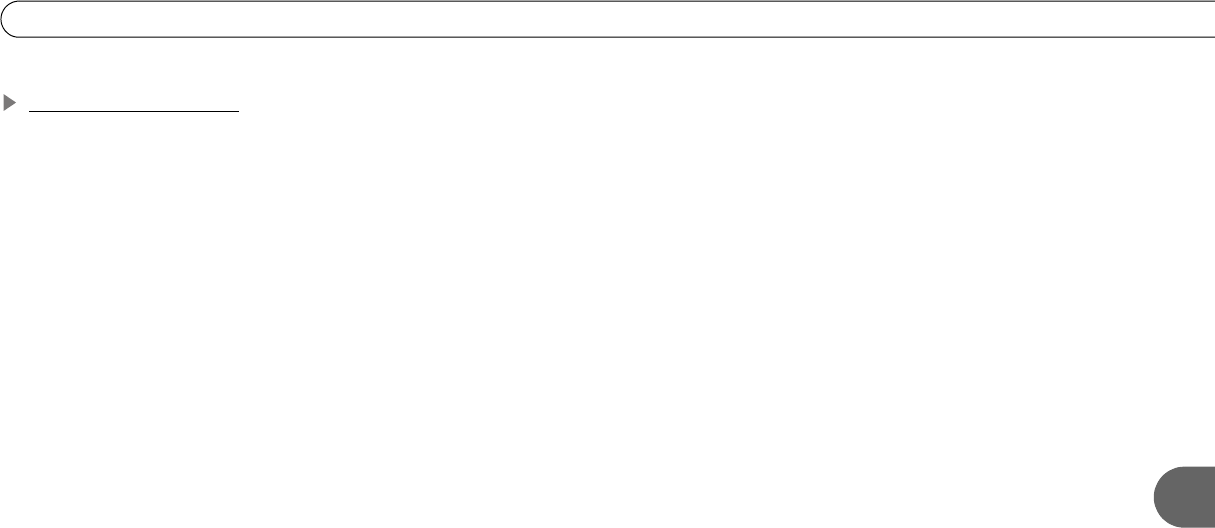
125
Completing the Recorder’s Network Settings
7
Basic TCP/IP Concepts
This section describes a few basic TCP/IP concepts. If you are familiar with home
networking, you can skip to “Begin TCP/IP Settings” on page 126.
• IP Address. TCP/IP settings are used to manage IP addresses on a network. An IP
address is a number that identifies a single device on a network (in much the same way
that a home address identifies a single home in a town). IP addresses use four numbers
separated by periods. Each number can be from 0 to 255. Some example IP addresses
are: ‘192.168.0.1’ and ‘10.8.3.25’.
• DHCP and Static IP Addresses. DHCP automatically assigns IP addresses to devices
on a network. Most home networks include a router or home gateway that has DHCP.
If your network has DHCP, or you are creating a peer-to-peer network, your Recorder
can obtain its IP address automatically. An IP address assigned by DHCP is called a
dynamic IP address because it may change automatically as devices are added to or
removed from the network.
If your network does not have DHCP, you must specify an IP address for your Recorder.
An IP address you specify is considered a static IP address, because it will not change
until you specify a new one.
If you assign a static IP address to your Recorder, remember that:
• The first three sets of numbers in the IP address usually must match the first sets of
numbers in the IP address used by another device on the network (for example, a
computer). The first three sets of numbers for IP addresses on a home network are
usually: ‘192.168.0’ or ‘192.168.1’.
• If the first three numbers match those of another IP address, the last number has to be
unique. For example, two IP addresses for devices on the same network might be
‘192.168.1.5’ and ‘192.168.1.6’.


















